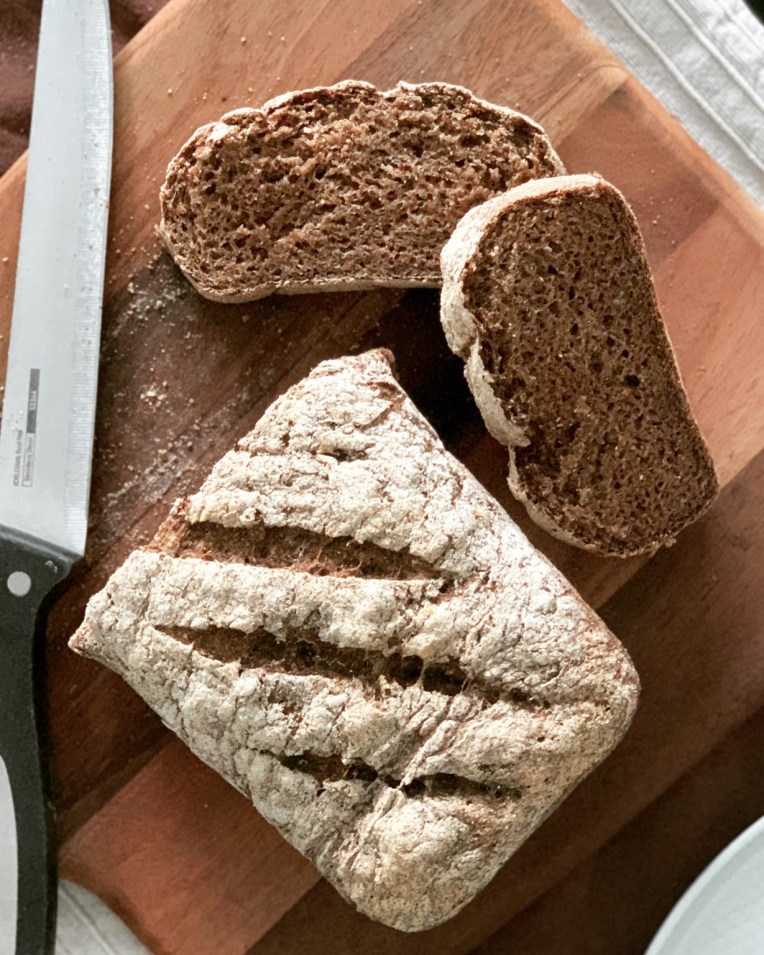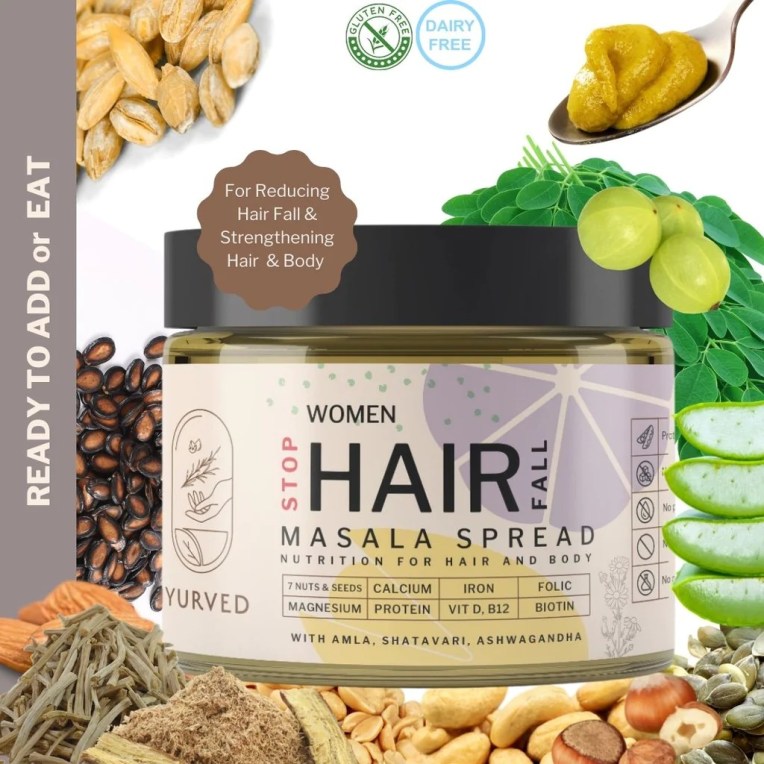Does your child attempt to stand on his own with half of his sole? Is your child not using his heels to balance while walking? Does your child climbs up on you and tries walking with his toe? If you are wondering why your child is walking in this manner, it could be the signs of “toe walking”. It is normal if your kid is below 2 years of age, but if not, continue to read this article to find more details on toe walking in kids and ways to manage it.
WHATSAPP for concerns like Speech Delay, Low Weight, Frequent Illness, Hyperactivity, Low Concentration, Weak Eyesight, Improper Sleep, Pigmentation, Pores, Face Marks, Fine Lines , Lactation etc.
What is Toe walking?
Walking age varies between children. Some take their first step around 9 to 12 months while others may take a little longer time i.e around 15 to 17 months. Usually, when children learn to walk, most of them follow toe walking. Toe walking is a walking manner in which the kids uses toes of the feet for walking instead of heels contacting the ground. At 14 months, the babies quit toe walking, walk a few steps independently and become steadier in his/ her walk. If they keep on walking with their toes even after 14 months, it might be due to some other reasons.
Also check, Types of developmental delay in kids
causes of toe walking
Usually in most cases, the reason for toe walking cannot be determined. But in some kids, toe walking may be driven by a some health issues, which might be any of the following:
1.Deformity of Achilles tendon
Achilles tendons are the connective tissue that connects the end of the lower part of the leg to the heel bone. Children with shorter Achilles tendons will find it challenging to fully stretch them. This might stop them from standing up straight and push them to follow toe walking.
2.Cerebral palsy
A set of conditions collectively known as cerebral palsy (CP) impact the balance and function of the muscles. The term “Cerebral” is related to the brain and “palsy” is a medical term which denotes difficulty in movement. Motor skill abnormalities in children are usually triggered by cerebral palsy. In some premature babies, the brain is underdeveloped which in turn causes some developmental abnormalities. When the muscles around the area of the feet get rigid, it can make walking challenging. As a result, it may force them to walk on their toes.
Also check, Motor tics in kids
3.Periventricular leukomalacia (PVL)
Periventricular leukomalacia is a kind of brain damage that can harm the neural connections in the brain that regulate motor functions and make muscles weaker than usual, stiff, or resistive to move. It is prevalent in babies who are premature with low birth weight. They have trouble walking and as a result, they toe walk.
Also check, 5 foods for hyperactivity in kids
4.Muscle dystrophy
A category of genetic disorders known as muscular dystrophy lead to gradual muscle damage and weakening. This disease prevents the body from making the necessary proteins for building healthy muscle. The symptoms of muscular dystrophy start in childhood, predominantly in boys. Toe walking, difficulty running or jumping and not being able to balance are some of the symptoms of muscular dystrophy.
Also check, Oral motor exercises for kids
5.Spinal cord abnormalities
When a spinal cord is damaged, scar tissue gets attached with the spinal cord. The spinal cord is unable to freely move and causes nerve damage. This may result in toe walking and difficulty in standing.
Also check, Tips to improve concentration
6.Autism Spectrum Disorder (ASD)
Children with autism have developmental delays. When prolonged toe walking coexists with speech delay, it may be the sign of autism.
Also check, Fine motor skill development in kids
risks associated with toe walking
When your kid constantly follows toe walking for a long period, it will cause serious issues. Here are some of the risks:
- Achilles tendons will become more stiff
- Damage the muscles in the joints
- Difficulty balancing
- Frequently fall
- Reduced ankle and feet movement
- Trouble wearing shoes or foot wears
Also check, Foods that help in walking
treatments for toe walking
If your child’s toe walking continues after 2 years, you might need to consult a doctor for a diagnosis to find out the reason why your child is toe walking. The damage of muscles and joints can be avoided with the appropriate therapy and treatment. The doctor may advise your child to receive one of the following treatments, depending on the cause of toe walking.
1.Physiotherapy
Physical therapists employ a range of techniques to assist kids to gain strength, enhance their mobility, and improve the skills required to carry out daily tasks. Stretching increases the movement of rigid muscles.
2.Braces
Doctors could advise a foot-ankle brace that relaxes the foot and assists the kid in placing his feet flatly on the ground. It promotes the kid to walk flat-footed. Additionally, kids can keep it on at night to ease up their muscle stiffness.
3.Casts for walking
Doctors could suggest an orthopaedic cast made of plaster or fiberglass that stabilises the injured bones. This cast helps to stretch the tendons. When the tendon is long enough, it will improve the ankle movement of your kid and the cast will be removed.
Also check, Activities for brain development
Tips to control Toe walking in kids
Parents can help their kids to control toe walking in home itself. Here are some tips for parents:
1.Exercises
Exercises and stretches can assist your child in breaking the pattern of toe walking, particularly if it is unexplained. Some exercises are given below,
FEET STRETCH
Steps to follow:
- Make your kid lay on the ground with her back
- Keep the knees straight
- Bend her feet towards her knees until she tolerates
- Repeat the same for 5-10 times.
Tendon stretch
Steps to follow:
- Make your kid lay on the ground with his back
- Slowly bend the knees
- Bend his feet towards his knees and hold until tolerates
- Repeat the same for 5-10 times.
Sit stand
Steps to follow:
- Ask your child to sit on the small chair with his/her feet touching the ground
- Hold your kid’s legs and press them flat on the ground
- Ask your child to stand
- Repeat it for 2-3 times.
You might involve your kids in activities like singing to distract them while doing the exercise.
2.Shoes
Toe walking can be avoided by wearing the suitable shoes with adequate ankle support. To help your kids learn to walk on their own, you can regularly make your child wear shoes even inside the house.
3.Sense of touch
Allow your child to walk on various surfaces like mud, grassland, beach sand, smooth pebbles etc without wearing shoes. He/she will get a sense of what it’s like to walk with both feet touching the ground.
4.Be patient
A healthy walking pattern gradually emerges in children. Cheer them up!! when they learn to properly walk. Don’t force them, give them some time and space to rest.
Also check, Focus and Attention building games
Foods that can help to manage toe walking in kids
Adding foods that support brain development can help to manage toe walking in kids. The types of foods that effectively impact toe walking include:
1. NUTS
All the nuts like almonds, walnuts, cashew, peanuts and hazelnuts are rich in vitamin E and vitamin B6. They help to improve the motor skills in kids. They are also antioxidants which protect against cell damage. Walnuts are rich in omega 3 fatty acids and are a valuable substance for brain function, memory and thinking abilities. This fatty acid also encourages cognitive functions.
Also check, Best nuts and seeds for protein.
2. SEEDS
Seeds like flax, chia, melon, sesame and pumpkins also contain powerful antioxidants like vitamin E that protect the brain from free radical damage. Sunflower seeds impact overall mood and mental processing powers and therefore it is considered a brain boosting snack. Pumpkin seeds are high in magnesium, copper, and also higher in zinc than other seeds. They also help in increasing concentration and memory. Healthy brain can effectively help in managing toe walking.
Also check, Health benefits of pumpkin seeds.
2. ASHWAGANDHA
Ashwagandha is an adaptogen. It can help in reducing anxiety and stress. Moreover, it increases acetylcholine levels which support better memory, mental focus and intelligence. Ashwagandha also improves communication between nerve cells and stimulates the body’s capacity to heal any nervous system damage. For general nourishment and renewal, ashwagandha is typically eaten with ghee and honey (in equal parts), which serve as anupans (a medium for delivering herbs deeper into the tissues).
Also check, Health benefits of Ashwagandha.
3. BRAHMI
Brahmi is a superfood for the brain. It helps in sharpening the brain by protecting cells and also increases the chemicals associated with learning and memory. It has shown to improve spatial learning and retaining power in kids. Kids in the older times, were often given Brahmi powder with ghee/honey. This would increase their focus and attention while keeping them calm and distressed. The most notable advantage of brahmi is that it enhances cognitive abilities and also stimulates the mind to increase focus and memory. Bacopa, taken twice daily at a dose of 300 mg, was found to improve test results related to cognitive function after six weeks of regular treatment.
Also check, Benefits of brahmi for brain development
4. SHANKHAPUSHPI
Shankhapushpi is a traditional remedy for increasing the functioning of the brain. The powerful antioxidants and also the flavonoids present in it improve the memory capacity, focus, concentration, calmness and alertness of an individual. Because it is a brain tonic and stimulator, people taking shankhapushpi have improved memory, reasoning, problem-solving, and other cognitive abilities.
Also check, Herbs that help to get rid of brain fog.
5. COCOA POWDER
Pure cocoa powder (unsweetened) contains brain boosting components as it is packed with a large number of antioxidants molecules, the main is epicatechin helpful to improve cognition and speech impairment in studies. Hence cocoa powder is also an important brain development food for children. This may significantly help out in easily building up the motor skills which can eventually control toe walking in kids.
Also check, More benefits of cocoa powder.
products
It’s no SECRET that following an Ayurvedic lifestyle has numerous advantages. This unique collection of Kids Ayurvedic Brain Booster is an easy solution to feed daily nutrition for Brain development to kids without any fuss. Made with Proven Ingredients. No Preservatives or Artificial Colour or Flavour. No Side Effects. Trusted by 20000+ Parents and Practitioners. To know more about kid’s ayurvedic foods – SHOP HERE.

India’s First Tasty Kids Nutrition fortified with Ayurvedic herbs.
For Managing Toe walking, Improving Motor skills, Cognitive function and Brain development, give Kids & Teens Brain Booster Chocolate/ Savoury Spread | 0% preservatives | 0% refined sugar | 0% palm oil | Fortified with SHANKHAPUSHPI, ASHWAGANDHA, BRAHMI | Contains OMEGA 3, PROTEIN | ORDER |
CHECK MORE PRODUCTS FOR:
Immunity, Gut health, Digestion, Weight, Brain development, Speech delay, Epilepsy, Eye health, Hormones, Sleep, Hyperactivity, Bones and Overall growth























